
What is muck diving? Diving in muck? Well yes but no, not exactly. The term “muck” diving actually takes its name from the sediment that lies on the bottom of many dive sites. The term was first used back in … Continue reading

What is muck diving? Diving in muck? Well yes but no, not exactly. The term “muck” diving actually takes its name from the sediment that lies on the bottom of many dive sites. The term was first used back in … Continue reading

Underwater photography. For some, it’s cheese rolling, bungee jumping or lawnmower racing. I get my kicks going beneath the waves to take photos and it’s possibly the craziest thing I’ve ever done…especially at night, which is surreal – and even more … Continue reading
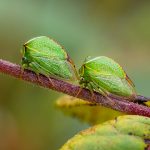
Macro photography Iowa. Although Iowa, like everywhere else, has suffered from a depletion of wildlife species due to habitat loss and pesticides, there is still a lot to see. My brother lives just outside the small town of Fairfield which … Continue reading
The Ambush Predators Frogfish This Painted Frogfish has attached itself to the reef and is very hard to see. Frogfish disguise themselves with an array of spots, warts, stripes and other skin anomalies that allow them to impersonate surrounding rocks … Continue reading
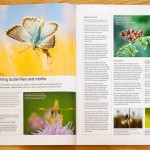
A feature I’ve written, Quick Guide to Photographing butterflies and moths, is appearing in the latest edition (May – issue no. 127) of Outdoor Photography magazine. This magazine, along with Black + White Photography, are two that I read regularly … Continue reading
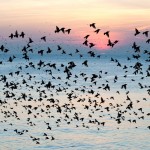
Starling murmuration – On Brighton and Hove seafront, from November to March around sunset, thousands of starlings flock in a mass aerial display called a murmuration. They swoop and whirl in the sky over both of the Brighton and Hove … Continue reading
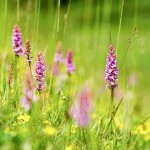
Fragile Chalk Grassland The flower-rich chalk grassland of the Sussex Downs is a rare and fragile habitat that needs careful management if it is not to return to a scrub-land of grass, gorse and bramble. These grasslands are a semi-natural … Continue reading
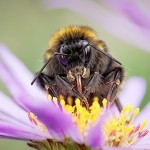
Bumblebee Wash It had been raining heavily when I discovered this bumblebee sheltering beneath an aster flower. Bees can’t fly too well when they are wet, which provides an opportunity to shoot them while they are relatively motionless as they dry out. … Continue reading
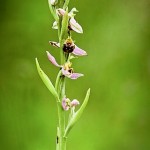
I saw Bee Orchids for the first time last week, on a walk in the rain, around Sheepcote valley. There weren’t many of them, about 36 flowering stems in about an acre of grassland and only one of those stood … Continue reading